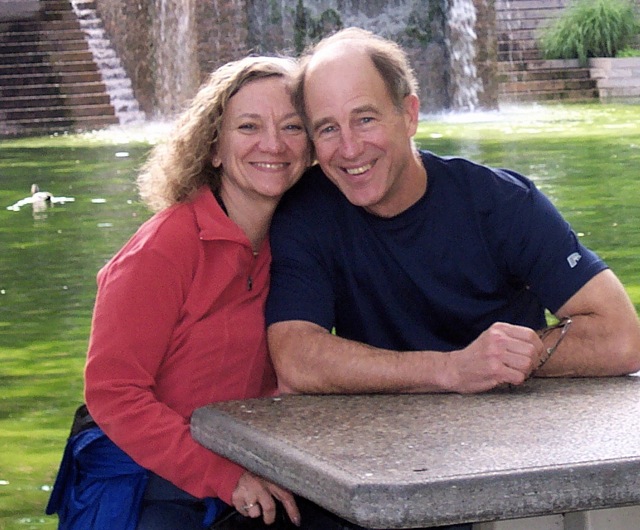About

I’m an amateur astronomer who has been doing astrophotography since 2006. My interest in astronomy started in the mid 1980’s with a Christmas present from my wife of a 4″ Bosch & Loom SCT telescope. I spent the next two years learning how to use this and reading about astronomy in general. Next came a Meade 10″ SCT telescope. My neighbor and I modified a metal tool shed in my back yard with a roll off roof to have a permanent observatory. In 2004, my son’s wedding reception was to be in our back yard, and the metal observatory was rusting away. My wife thought it was time for a real fiberglass dome observatory. I couldn’t argue with that. With being partially retired in 2006, I started to learn about astrophotography. I purchased a Losmandy G-11 German equitorial mount and a modified Canon Rebel Digital camera and jumped in. Over the next couple of years, I upgraded my equipment to a Paramount mount, a QSI 583 monochrome camera with filters, and a 5″ APM refractor. My initial imaging has been done in my backyard observatory in Caldwell, Idaho. In 2013, my wife and I built a second home outside of Mayhill, New Mexico near New Mexico Skies. I built a robotic observatory and moved all of my equipment there. I’m able to now image from my home in New Mexico or from Idaho.
In 2014, I had the opportunity to host astronomy students from our alma mater, Benedictine College in Atchison, Kansas to do a research trip to New Mexico. This was an excuse to build the roll off observatory that could house multiple telescopes and to also have a warm room for comfort with all night observing sessions. This took about 4 weeks to complete construction and install the equipment, electrical, and network connections. Since then, we have also had students from the College of Idaho, where I taught for a number of years, come for research projects. Previous projects have been variable star photometry, obtaining light curves for exoplanets, and obtaining high resolution spectroscopy with the Shelyak Lhires III spectroscope.
Most images that you see here are 6 to 10 hour exposures taken in ten minute intervals over multiple nights. Usually this is 3-4 hours of luminance (black & white for detail), and two hours each with red, green, and blue filters. These are all combined and processed on the computer to obtain a final image. I hope you enjoy the amazing images that make up our universe.
Joe & Frankee Daglen
